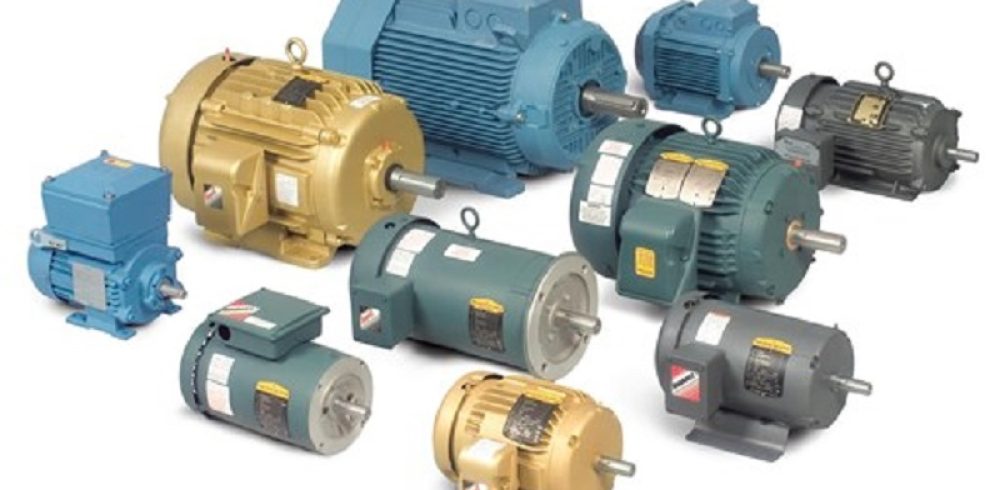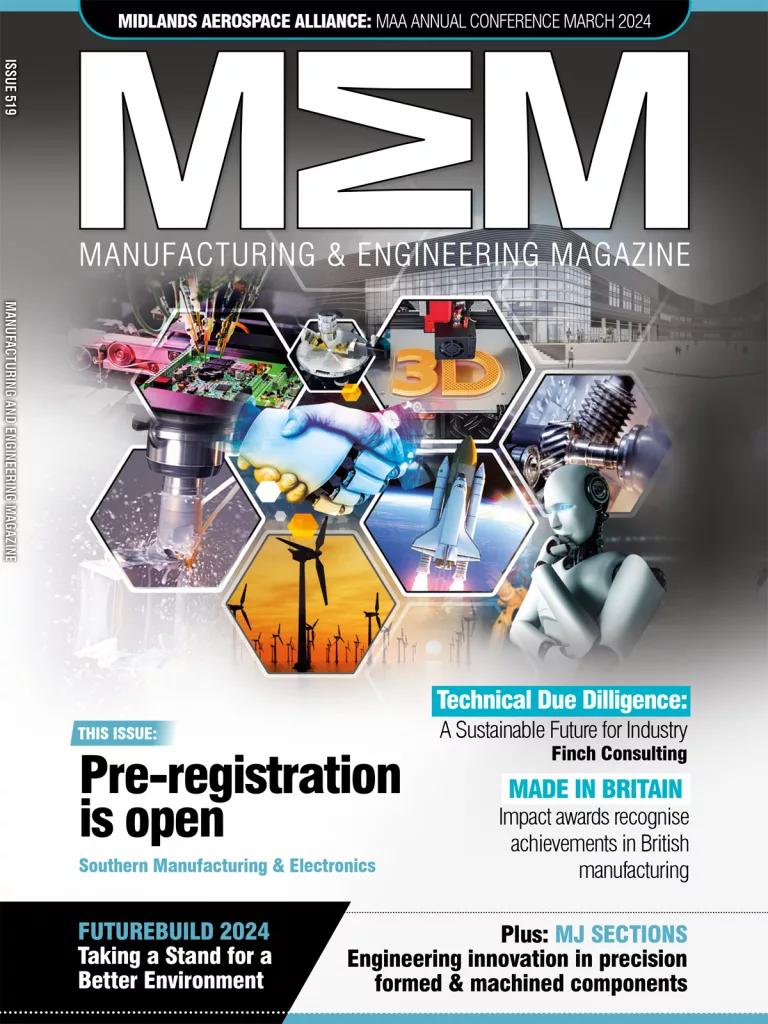Your electric motor is a vital part of your business, if it fails, then so can processes within the business; if this happens then both time and revenue can be lost.
During periods of site inactivity, correctly storing an electric motor is vital when planned downtime is about to occur. This will result in the motor being well and protected, and in good working order. If this is not done, then the lifespan of the electric motor is decreased significantly.
Houghton International, a motor repair specialist, aim to explain the best storage methods when it comes to extending an electric motorâs lifespan.
How long will it be stored?
The way you store your motor will depend upon the length of time it will be inactive. If the motor is being stored for less than a month, then protecting it from weather damage â and maintaining the motorâs winding temperature â will be your top concerns. It should be stored 5-10°C above room temperature.
When storing motors for longer periods of time, youâll need to consider both the weather and the temperature â but youâll also need to carry out maintenance work to ensure that the motor remains protected.
Preparing for storage
Before storing your electric motor, you should consider the following:
Where will it be stored?
When it is possible, electric motors should be stored indoors; this is because weather damage is kept to a minimum. Clean, dry and heated locations are usually the best place to store these motors.
Itâs not always possible to store your electric vehicle indoors â particularly over extended periods of time. If this is the case, then use a loose tarpaulin that can cover all of the motor properly. The tarpaulin shouldnât be too tight, as this will help to minimise any condensation and will aid air circulation.
Consider vibration sources
Youâll also need to consider ambient vibration. If you place your electric motor near heavy construction equipment, production floors, busy roads or rail lines, then this can expose the motor to ambient vibration. This, over time, can damage the internal bearings, even when the exposure to ambient vibration is low.
If youâre unable to lock your motor away in a suitable location, then lock the shaft of the motor to prevent damage to it.
Dealing with pests
Pests like insects, rodents and birds can enter the motor when it is being stored outside; this damages the winding insulation and can also block drain openings and ventilation. Where possible, make sure precautions are taken to help minimise the impact of pests and the negative effects they can have on electric motors.
Adjusting insulation resistance
Youâll need to check to establish whether your motorâs insulation resistance is below a standard temperature; if it is, then this will have to be corrected before it is put into storage; failing to do so can cause further problems.
Grease vs oil
Even though your motor is not in operation, oil should be used to avoid corrosion and to make sure the motor is well-lubricated.
Oil-lubricated bearings
Youâll need to drain the motor oil before you move the motor. If you donât do this, then it can cause an oil spill, which contaminates windings and can cause a suction effect on the oil reservoir.
The motorâs reservoir should be filled with a compatible oil, rust, and corrosion inhibitor. By covering the bearings completely, the oil should be filled to a sufficient level that does not overflow the stand tube or labyrinth seal. Once the motor has been removed from storage, then the oil should be drained and replaced.
Grease-lubricated bearings
Youâll have to clean the grease fitting if your electric motor contains grease-lubricated bearings. To do this, remove the drain plug and use a compatible grease before storing it over an extended period of time. Once it is lubricated, then the motor should be running for 30 minutes without the drain plug so that old or excess grease is purged from the grease chamber.
If the electric motor is stored for many years, then it is likely that the grease will harden, which can clog the drainpipe with dried grease. During this time, the motor should be disassembled in order to remove the old grease. After that, it should be lubricated.
As part of your plantâs operations â electric motors are vital. Proper storage is essential if the motor is to be kept in working order, which saves a business both time and money. Make sure you do this right to accrue the rewards of maintaining and storing an electric motor correctly.










